|
|
Post by kyredneck on Nov 20, 2014 19:33:51 GMT -5
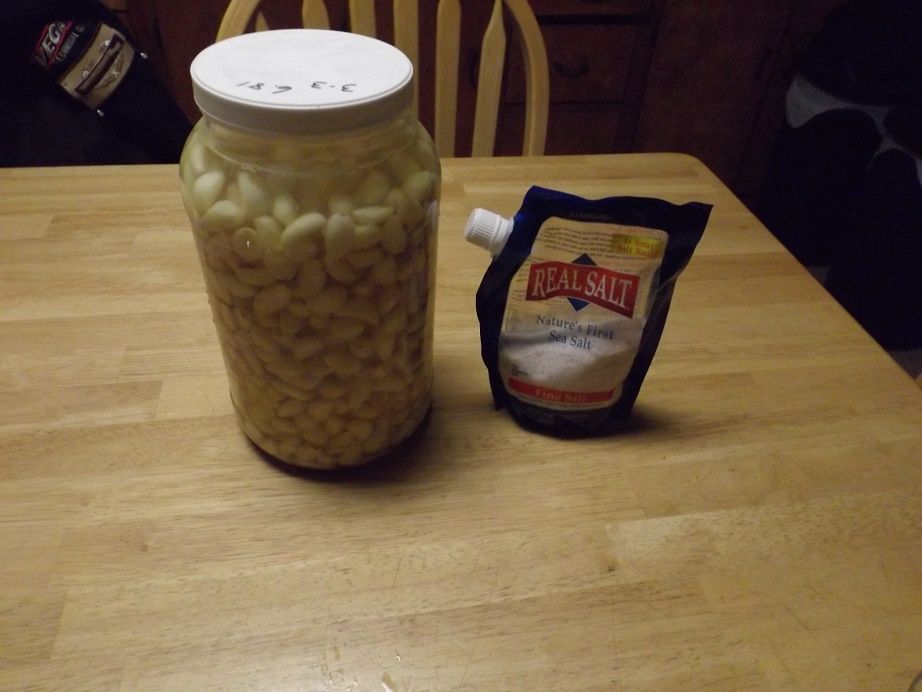
Utter simplicity. A five lb. bag of 'garlic without the skins' from the Asian market rinsed and dumped into a gallon container with four heaping TBSP mineral salt, covered with water, let set at room temp for 3-5 days, then stored in the fridge, and VIOLA! Outstanding preserved fresh garlic good for, well, I'm not quite sure how long it would keep, I know for a fact over a year but we use it all up before it goes bad (it does turn to shades of blue and green but doesn't hurt anything).
Anyone else ferment stuff? With yeast or bacilli. |
|
|
|
Post by khoomeizhi on Nov 21, 2014 4:55:39 GMT -5
lots. kraut, beans, peppers for hot sauce, dosas, meads...
|
|
|
|
Post by kyredneck on Nov 21, 2014 8:25:00 GMT -5
kraut - we were lacto fermenting decades ago (and didn't know it) by following Rodale's (Stocking Up) simple 'kraut by the quart' method w/1 tsp salt & 1/2 tsp honey per qt., crisp and very good raw.
beans - Fortex is my favorite for dilly beans (although I don't always include dill)
peppers for hot sauce - my favorite are fermented rehydrated anchos and guajillos in a mole, have to use whey as a starter
dosas - very interesting, what type of dosa do you make? The closest I've come to this is my own creation of a sour dough/posole type polenta baked in the oven. Haven't quite perfected it yet, for some reason it's difficult to replicate, I suspect fermentation time is critical.
meads - made mead once many years ago from honey, what other kinds of meads are there?
|
|
|
|
Post by kyredneck on Nov 21, 2014 9:14:28 GMT -5
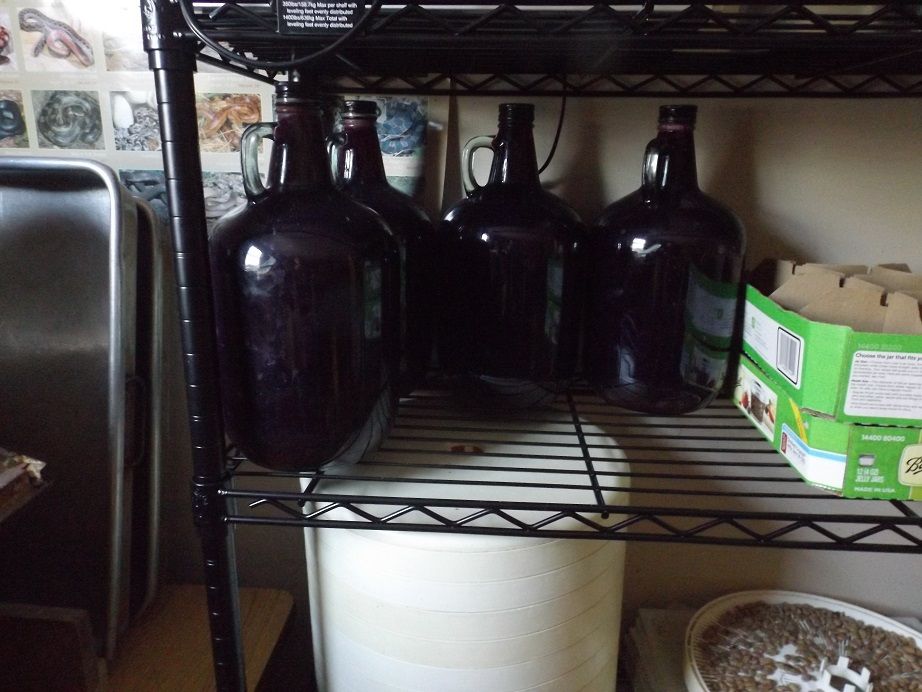 Anyone make kvass? I've perfected a 'nearly no salt' stout beet kvass that I make in 6 gal batches that stores well at room temp. My Dad and I probably drink 2-3 liters a week. Good stuff, good for your guts, good for your blood, good for gout, just all around good for you. |
|
|
|
Post by philagardener on Nov 21, 2014 18:42:56 GMT -5
Sounds interesting! Would you share your kvass recipe with us?
|
|
|
|
Post by khoomeizhi on Nov 21, 2014 23:39:14 GMT -5
re: kraut. i do a loose (unmeasured) sprinkle of salt on each layer of shredded material. usually just cabbage, sometimes cabbage+carrots, sometimes cabbage+beets, kimchi flavors, etc. fermented shredded j. artichoke makes a nice sweet & sour relish, but the brine tends to turn ugly quick.
beans, i guess i really meant anything that can get brined and fermented whole. beans, yes, also okra, cukes (obviously), occasional watermelon rinds, etc
re: hot sauce, i like to chop & salt fresh hot peppers (usually a mix) with garlic & tomatillo (and sometimes more) and ferment them together for a few weeks, then blend with a few more ingredients (especially, lately, persimmons and roasted garlic) for sauce. really good. about to start with a bunch of the green peppers i picked just before the first hard freeze here, once i get the last of the fermented ripe peppers out of the crock.
dosas - usually some variation of 2 parts white basmati rice and 1 part split red lentils, soaked for 8 hours to a day and then drained and blended finely with garlic, hot pepper, onion and salt (and enough added fresh water to make it blend), then left to ferment for at least 2 more days (sometimes closer to a week). thin down a fair amount with more water just before spooning a bit at a time onto a hot oiled pan. the longer they ferment the more sour the flavor, but also the more flexible the texture. we have 'dosa dinner' every couple weeks where we wrap up all manner of good stuff in dosas and eat. better than taco night used to be.
mead - yeah, honey. i make a lot with seasonal fruits or tea or whatever else tickles my fancy added. currently have a persimmon/ground cherry mead, pawpaw mead, kousa dogwood mead, chaga mead and others in process. has been a good fall for fruit. should have mentioned ciders as well. with both meads and ciders, i either work up a yeast 'bug' and use the wild yeasts to ferment instead of buying yeast or will use ingredients that will seed the batch with wild yeasts.
interested in the kvass recipe too...
|
|
|
|
Post by kyredneck on Nov 24, 2014 12:08:08 GMT -5
Sorry for the delay.
This is a Ukrainian derived recipe/method for beet kvass and is similar to making country wines or beer in that sugar in some form is added to the ‘must’ to increase production of lactic acid, but differs from it in that the must has not been sterilized and will grow mold & yeast. I use 6 gal fermenters, the actual amount produced per batch is closer to 5 gal. The fermenter on the left has 4 gal of ‘second run’ kvass brewing in it now (those spouts on the bottom are very handy):

Mold & yeast grows on the surface during fermentation so it’s important to prevent ‘floaters’ because of the mess it presents. I use a wine maker’s nylon mesh straining bag weighted down with a dinner plate to keep the diced beet root contained and below the surface. This can become a thick solid snow white carpet across the top, depending on how long the kvass is left in the fermenter. It can be skimmed off as it ferments, but I prefer not to disturb it and let it gently settle on the solids below as the level drops when bottling the kvass from the spout:
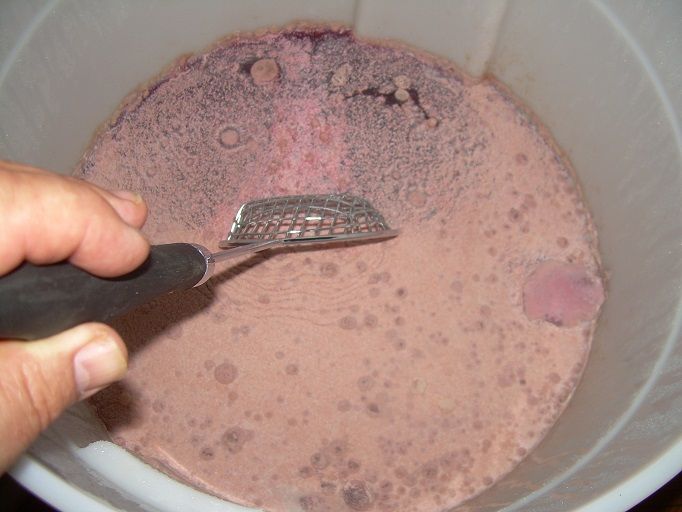
Mold & yeast will continue to grow on the surface after fermentation during storage at room temp, thus the importance of filling the bottles close to the brim (see photo in my previous post) in order to handily remove the ‘mold plug’ (below) that will inevitably form at the top of the bottle neck:
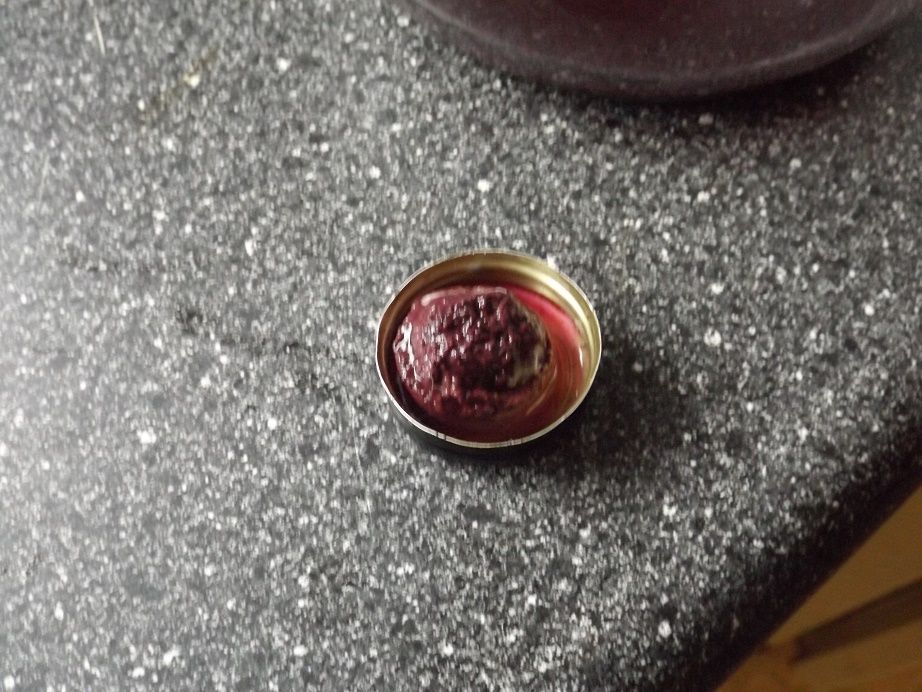
Unless the kvass is there for a very long period, mold & yeast is no longer a consideration after it’s in the fridge:
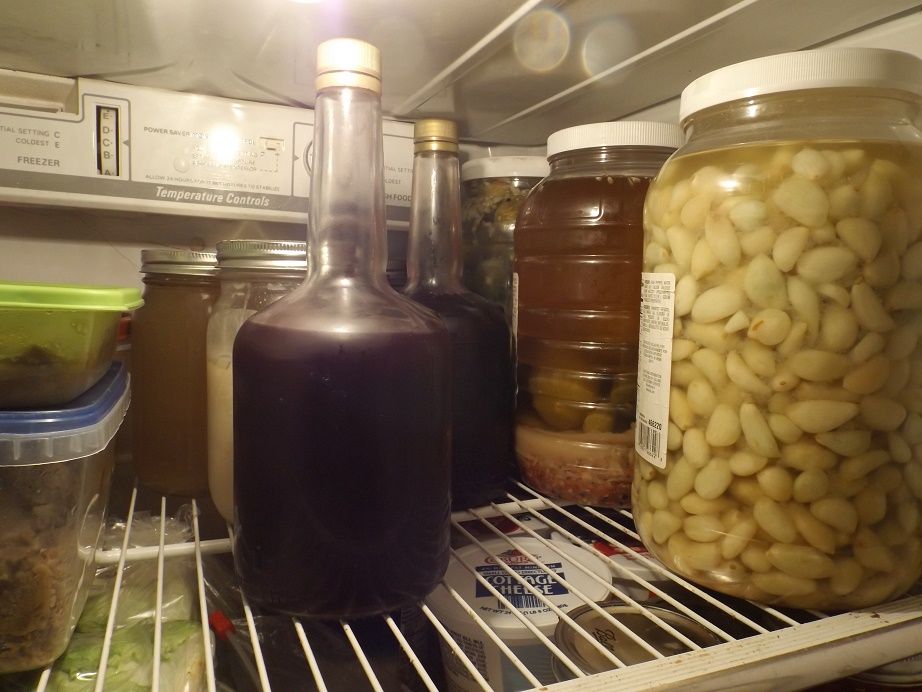
Ingredients:
Per gallon of water:
4 large or 6 medium or 10 small beets - scrubbed, cubed ½” – ¾”, no need to peel, don’t include any portion of stems which can change the entire batch to the viscosity of viili, use only the beet root.
2 tsp salt - non-iodized of course
3/4 cup sugar – generous
1/2 - 1 cup whey – optional; I’m probably going to stop using it to make kvass as I have with some other things; the kvass will probably contain more alcohol when whey is not used.
Instructions:
Depending on whether you mind if the kvass might contain a wee bit (miniscule actually) of alcohol determines if you stagger combining all the ingredients in two phases or mix it all up together at one time in the beginning. I’ve tried both, I now combine it all at once (incidentally, I’ve made outstanding country wine from beets in the past). The idea of combining the ingredients in two phases is to establish a strong colony of lacto bacilli prior to the addition of sugar and last half of water; this greatly minimizes the chance of any serious yeast fermentation occurring before the lacto bacteria come to dominate the must.
I dice/cube the beets and place (stuff actually) in the mesh bag which won’t hold it all for a 5 gal batch so I simply juice the remaining beets and add the liquid to the must. As I understand it, the reason you can’t use straight up 100% juice to make the kvass is these bacteria require a solid substrate to colonize, so this is actually an infusion rather than a juice.
After it’s all in the fermenter I’ll ‘massage’ the mesh bag of beets and gently stir the must around a few times for the first week or two, then let it alone until all sweetness disappears from periodic taste tests, then strain it into 4 liter bottles to store on the shelf, and then rack/strain it again into 1 liter bottles for the fridge.
|
|
|
|
Post by kyredneck on Nov 24, 2014 12:22:43 GMT -5
khoomeizhi, you've really sparked my interest in the dosas, my youngest daughter loves Indian food, I might try to arrange a 'dosa lunch' with her and the grandbabies in the near future.
|
|
|
|
Post by khoomeizhi on Nov 28, 2014 23:13:57 GMT -5
i forgot fenugreek seed - a handful goes in to soak with the rice and lentils.
|
|
|
|
Post by toad on Nov 29, 2014 13:02:20 GMT -5
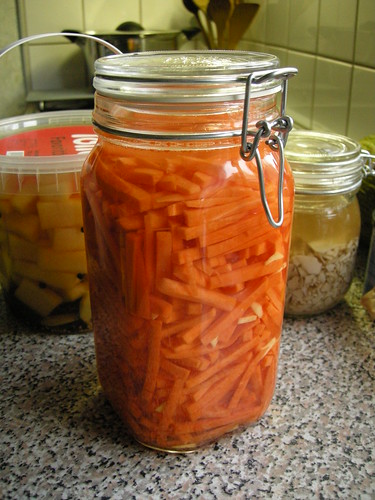 DSCN7955 DSCN7955 by [url=https://www.flickr.com/people/ I ferment vegetables, herb, vingars and kombucha. In photo is a batch of carrot sticks with ginger, chili and a dash of fish sauce. |
|
|
|
Post by kyredneck on Nov 30, 2014 7:10:57 GMT -5
Hey toad, did you make your own fish sauce? Are you using Sally Fallon's methods?
Of all the veggies that I've fermented I've yet to do carrots, and why I don't know.
[add]
I like kombucha, a lot (so does my wife and daughters). I always buy some when in Lexington at the Good Foods Co-op, but it's too finicky to make to suit me, and it has a window in which it needs to be consumed. My middle daughter dabbled with it for a while but found it too demanding on her time to make. |
|
|
|
Post by toad on Nov 30, 2014 14:53:07 GMT -5
If you think the kombucha gets too much vinegar, use less sugar, bottle when ready. Actually my best kombucha was stored a half year in an old wine bottle. But I'm only drinking kombucha occasionally. Did it almost daily for a year, that kind of satisfied my desire. I also add herb for flavour now and then, but only when bottling.
|
|
|
|
Post by flowerweaver on Nov 30, 2014 21:59:13 GMT -5
This year when making prickly pear (cactus) simple syrup, we accidentally left a batch of peeled pears on the porch in a glass bowl. A few weeks later they had liquidized and fermented into a really interesting smelling vinegar. Perhaps I should have strained the bugs and leaves out to taste it. Next year, I will do this in a controlled environment.
|
|
|
|
Post by toad on Dec 1, 2014 16:16:35 GMT -5
Homemade fishsauce is in my mind, but haven't done it yet. I used a fishsauce from Thailand.
Fermented Hosta, surpricingly strong old-cheese taste, lots of umami - could maybe stand in for fishsauce in some dishes.
|
|
|
|
Post by flowerweaver on Dec 1, 2014 16:23:27 GMT -5
What part of the Hosta do you ferment?
|
|